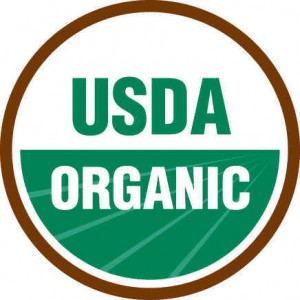02
Sep
Pesticide for Pigeons Kills Dozens of Other Birds
(Beyond Pesticides, September 2, 2009) At least 40 small birds were found dead on Sunday in Quebec City, Canada, in what residents described as a scene out of a “Hitchcock movie.” A bird feeder, stuffed with 4-aminopyridine laced corn was the culprit. The chemical was set out on the roof of a building in effort to ward off nuisance pigeons; dozens of other birds were accidentally killed, particularly bronzed grackles. While Quebec City police purport that this pesticide is legal and no charges will be made, the Quebec Environment Ministry is investigating the incident to see if exterminators followed the proper guidelines.
“The wrong type of bird ended up being targeted,” Quebec City police spokeswoman Catherine Viel said.
A similar event happened in Schenectady New York in 2006, when Rentokill, Inc., a local exterminator applied 4-aminopyridine in order to ward off pigeons from a hospital. This caused a “deadly rain” of pigeons to fall from the sky, closing the hospital emergency room.
One of the most prominent avicides, Avitrol –the trade name for 4-aminopyridine–i s available as grain baits or powder concentrate. It repels birds by poisoning a few members of a flock, causing them to become agitated, which signals other birds to leave the area. Only a small number of birds need to be affected to cause alarm in the rest of the flock, thus only a little bit of this chemical is needed.
Avitrol is listed as highly toxic to mammals according to its Pesticide Information Profile by the Extension Toxicology Network. Accidental ingestion of as little as 60 mg can cause severe poisoning in adult humans, as it is readily absorbed through digestion. This pesticide strongly stimulates the central nervous system, and individuals with a history of convulsive disorders may be at increased risk from exposure to 4-aminopyridine, resulting in death due to heart failure or respiratory arrest. Symptoms of poisonings include thirst, nausea, dizziness, weakness, and intense sweating, followed by impairment of normal mental functioning, lack of muscular coordination, tremors, labored breathing, and generalized seizures. It is also readily absorbed through the skin, and exposure to Avitrol may lead to systemic intoxication or general overall poisoning.
Migratory birds, finches, and other small seed-feeding birds may ingest lethal doses that are applied to corn and sunflower fields intended to ward of crows and pigeons. Endangered species may also be adversely affected by 4-aminopyridine. Because there is a large potential for exposure of non-target, particularly grain-feeding birds, 4-aminopyridine is one of the top ten pesticides in the Avian Incident Monitoring System (AIMS), which collects field data sub-lethal effects of pesticides on birds.
According to Tanya Drlik of the Bio-Integral Resource Center, in Common Sense Pest Control Quarterly, the most effective way to get rid of pigeons is to clean the nesting and roosting sites. All debris must be scraped up and removed, thoroughly cleaned with a detergent and then rinsed with a high pressure stream of hot water. The roof must then be made inaccessible to pigeons, which can be done in a number of ways through the use of mechanical barriers, such as bird netting, porcupine wire, and electric fencing. Landing sites may also be altered or retrofitted to include 45 degree ramps, as pigeons cannot physically land on surfaces that are steeper than this angle.
For more information on alternative ways to manage pests, please see our Alternatives Fact Sheet.
Source: CBC News

























